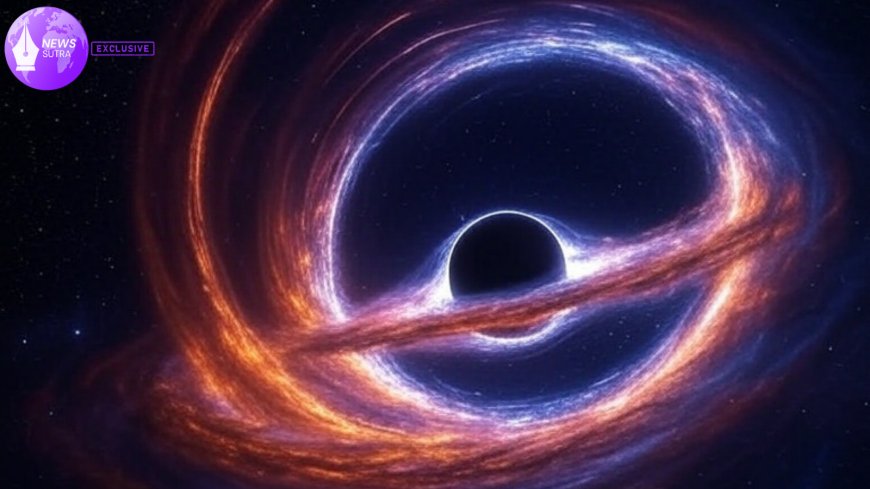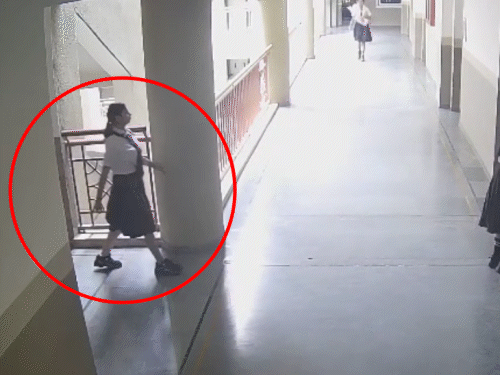Supermassive Black Holes as Echoes of the Universe's First Stars: Implications for Future Space Exploration
A new theory suggests supermassive black holes are remnants of the universe’s first stars. Backed by Webb telescope discoveries, this research could transform our understanding of space exploration.

For decades, astronomers have puzzled over how supermassive black holes (SMBHs)—millions to billions of times the mass of our Sun—formed so quickly after the Big Bang. A new theory gaining traction suggests these cosmic giants may actually be echoes of the universe’s first stars, remnants of primordial stellar collapses that predate galaxies themselves. This perspective, strengthened by recent James Webb Space Telescope (JWST) findings, could fundamentally reshape our understanding of cosmic origins and the roadmap for future space exploration.
The First Stars and Their Cosmic Legacy
The universe’s first stars, known as Population III stars, were unlike anything in existence today. Made of pure hydrogen and helium, they lived fast and died young—burning intensely for only a few million years before collapsing. Scientists believe these stars may have left behind dense stellar cores that became seeds for the SMBHs we now see anchoring galaxies across the cosmos.
If true, it means black holes are not just by-products of star death but living fossils of the early universe, carrying within them clues about the birth of cosmic structure.
Webb Telescope Discoveries: A Closer Look
The James Webb Space Telescope has provided some of the deepest glimpses into the early universe, capturing galaxies less than 500 million years old. Intriguingly, Webb has also spotted unexpectedly massive black holes in these young galaxies, far larger than models had predicted for such early cosmic timescales.
Astrophysicist Dr. Lena Hoffmann from the Max Planck Institute for Astrophysics explains:
“What Webb is showing us is that black holes didn’t just slowly grow from small seeds. They may have had a head start, possibly as the collapsed remnants of the first stars. This opens a new chapter in cosmology.”
For a more detailed breakdown of Webb’s findings, NASA’s official JWST science page provides ongoing mission updates.
Simulations and 3D Models
To test the theory, astrophysicists are building custom simulations of black hole growth. These 3D models show how early star remnants could merge, accrete matter, and evolve into the cosmic monsters we see today. Some simulations even suggest SMBHs might have shaped the formation of early galaxies, acting as gravitational anchors that drew gas and dust into massive star-forming regions.
Implications for Future Space Exploration
Understanding the origins of SMBHs has practical implications beyond astrophysics:
-
Next-Generation Telescopes
Missions like the Nancy Grace Roman Space Telescope and Athena X-ray Observatory will provide sharper tools for studying SMBHs. These instruments could confirm whether early stellar collapse truly seeded today’s black holes. -
Interstellar Probes and Gravity Mapping
Future exploration may include sending deep-space probes capable of measuring gravitational waves from ancient black hole mergers. This would allow scientists to literally “listen” to the echoes of the first stars. -
Philosophical Impact
If SMBHs are relics of the first stars, they represent a direct connection between humanity and the dawn of the cosmos, reminding us that exploration is not only about technology but also about identity and place in the universe.
For readers interested in how these missions tie into broader exploration goals, European Space Agency’s astrophysics division offers rich insights.
Community Engagement: A Reader Quiz
To make the science more interactive, we designed a short quiz for readers:
Question 1: What are Population III stars made of?
Question 2: Which telescope first spotted unusually massive black holes in early galaxies?
Question 3: Why are SMBHs considered potential "anchors" of galaxies?
(Answers: Hydrogen and helium; James Webb Space Telescope; because they draw in matter through gravity.)
Timeline of Black Hole Growth Theories
-
1960s – First evidence of quasars sparks black hole research.
-
1990s – Hubble Space Telescope confirms SMBHs at galactic centers.
-
2022–2025 – James Webb uncovers unexpectedly massive SMBHs in young galaxies.
-
2025 onward – Theories emerge linking SMBHs to primordial stars, awaiting confirmation through simulations and next-gen missions.
Conclusion
The idea that supermassive black holes are echoes of the first stars is both elegant and profound. It ties humanity’s quest for understanding back to the very origins of light, gravity, and structure in the universe. As Webb continues its mission and new telescopes launch, we may soon find ourselves closer to answering one of astronomy’s greatest mysteries: Are black holes the ancient fossils of the cosmos’ first fires?
What's Your Reaction?
 Like
0
Like
0
 Dislike
0
Dislike
0
 Love
0
Love
0
 Funny
0
Funny
0
 Angry
0
Angry
0
 Sad
0
Sad
0
 Wow
0
Wow
0








































































